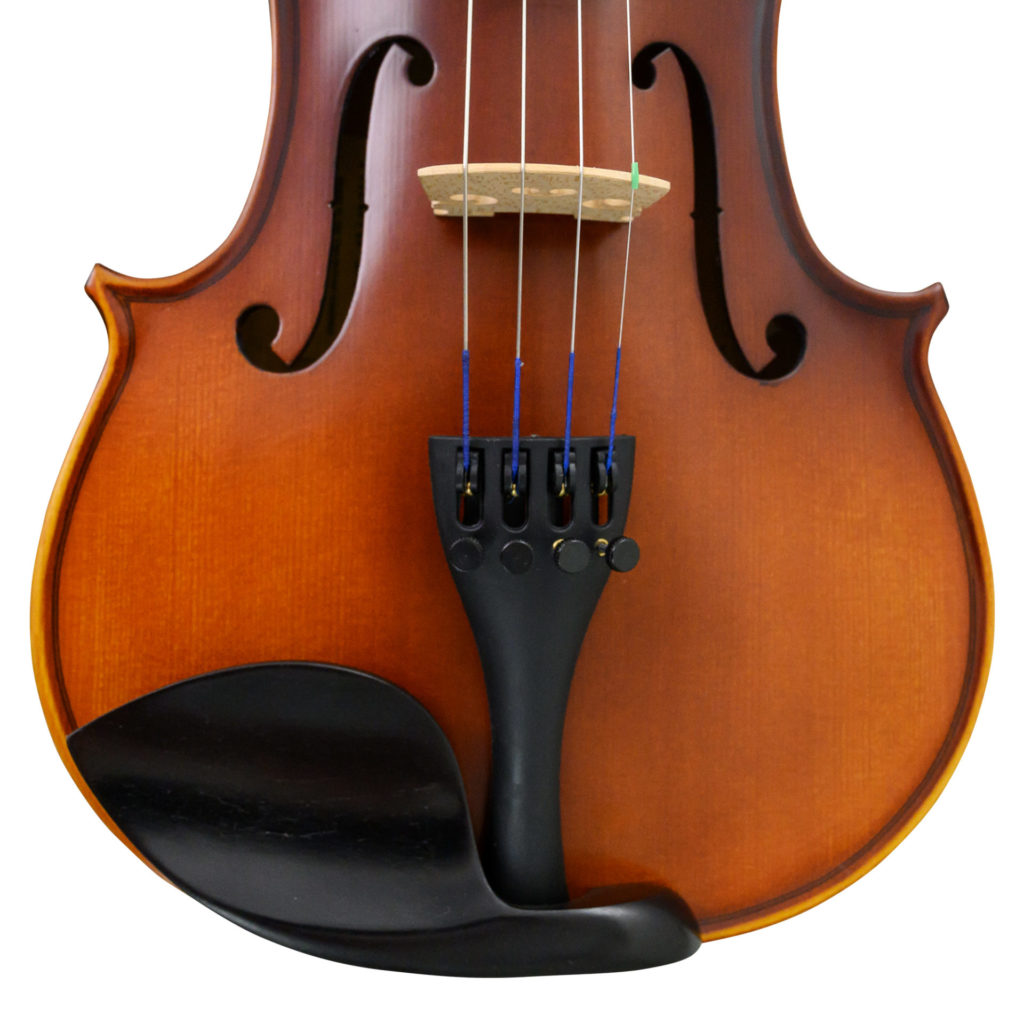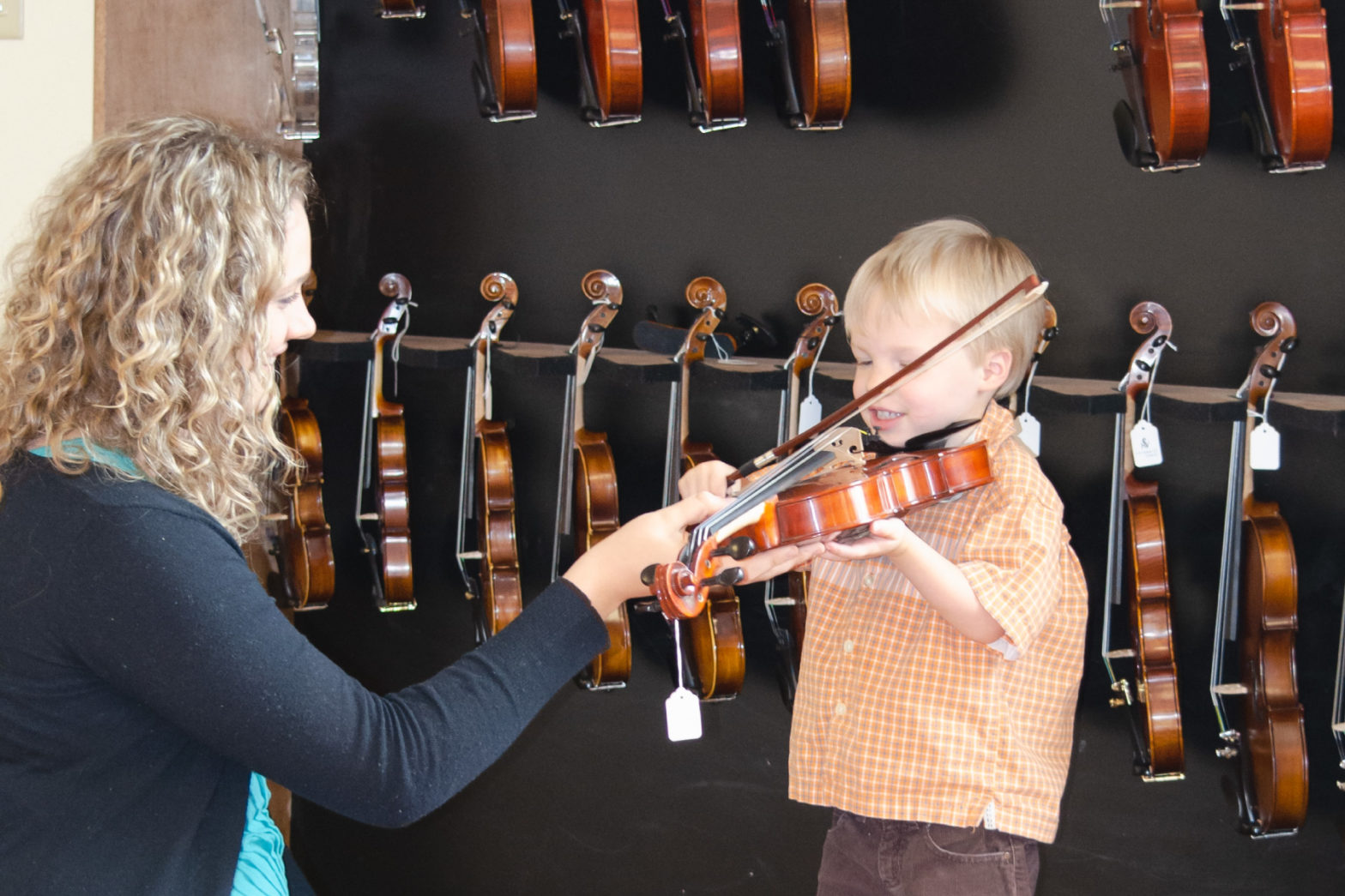As kids head back to school this fall, many aspiring musicians are picking up the violin for the first time. Choosing a violin can be an intimidating process, especially for parents who don’t have experience with stringed instruments themselves! Knowing the most important factors to consider can make your choice a lot easier.
Many parents purchase cheap violins online when their kids start playing. This seems like a cost-effective solution since cheap violins aren’t too big an investment, but these instruments are often closer to toys than they are to “real” violins. The fact is that a handmade instrument, such as a Ricard Bunnel violin, will be a much better investment, and that is primarily because of the way these violins are constructed and set up.

One thing that sets Ricard Bunnel violins apart from other student instruments is the type and quality of materials used in construction. While many student violins are made of pressed wood or plywood, each Bunnel violin is hand-made with a solid spruce top and solid maple back and sides. This produces an instrument with a higher quality of sound and stronger construction.
Ricard Bunnel violins also feature a satin oil finish instead of the thick, shiny lacquer varnish that you’ll find on many other student violins. While those lacquer varnishes are great at protecting wood from scratches and scrapes, they aren’t very good at making violins sound good; in fact, they significantly dampen the sound of the violin and can make it sound “tinny”. Satin oil finishes are more delicate, but because they allow the instrument to resonate more, violins with this type of finish offer superior sound projection and tonal quality. This type of finish also adds to the appearance of a violin, giving it the look of a traditionally-made, quality instrument. Violins with a satin oil finish often bear signs of having been constructed by hand out of solid wood, such as small tool marks or variations in the woodgrain, which add character and help to distinguish individual instruments from one another.

One of the most important factors to consider when purchasing your first violin is the setup. This is the final step in getting an instrument ready to play, and one that is often done poorly or skipped altogether on cheap violins. A violin that hasn’t been set up properly will sound bad and be difficult to play. That’s enough to frustrate any beginning violinist!
To help students avoid this frustration and maximize their enjoyment of the instrument, all Ricard Bunnel violins are professionally set up by luthiers in the United States. They make sure each violin is set up for easy playability and superior sound quality. This process includes ensuring that the bridge is carved and positioned properly, pegs are shaped for a secure fit, the soundpost is set correctly, and strings are a comfortable distance from the fingerboard.
While choosing a new violin can be confusing and overwhelming, it doesn’t need to be! By prioritizing sound quality and playability, you should be able to find an inexpensive student instrument that will encourage your aspiring violinist to play.

Leave a Reply